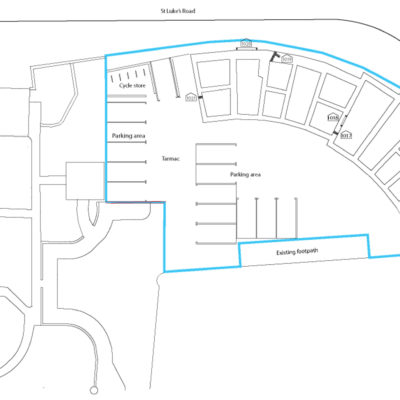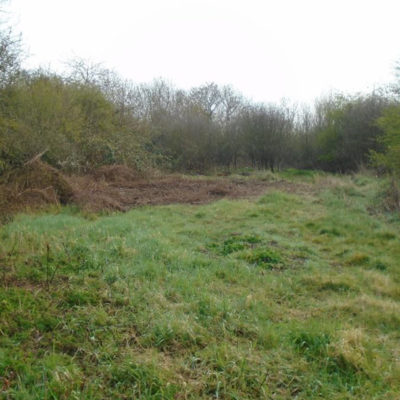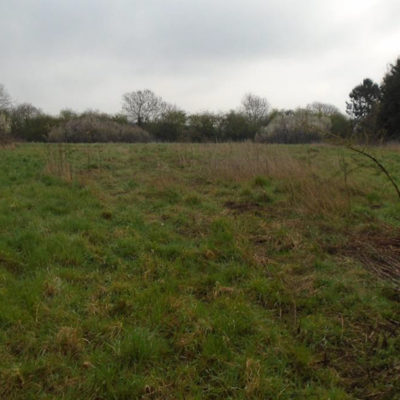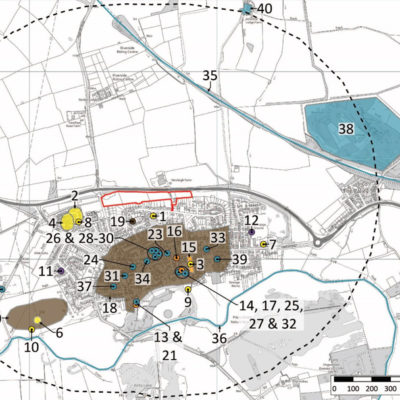Archaeological Desk-Based Assessment, Leicestershire
This Archaeological Desk-Based Assessment (ADBA) of Land at Asfordby, Leicestershire undertaken by Border Archaeology has reached the following conclusions regarding the potential and significance of the archaeological resource within the specific study area, which are summarised below:
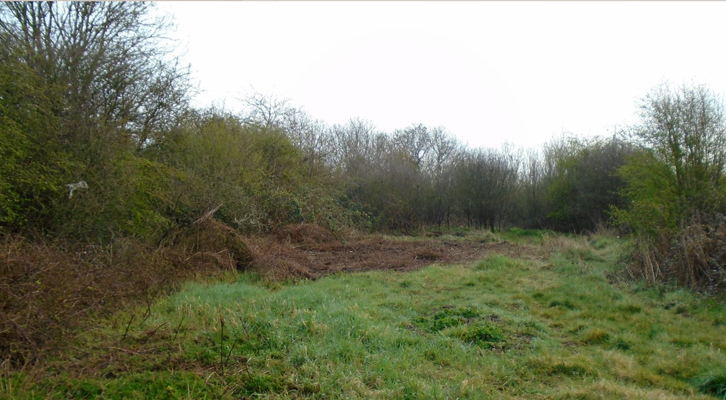
In Brief
Archaeological Desk-based Assessment
Location: LeicestershireKey Points
- The proposed development involves construction of 55 dwellings and associated landscaping and service installation works within an area of approximately 24,983 m2. Full specifications of the proposed foundations of the new buildings were not available at time of writing but it may be assumed that potential impacts from the proposed development on buried archaeological remains could include the following:
- Excavation of foundation trenching: Standard strip foundations would entail the removal of any archaeological remains within the footprint of each excavated strip to a typical depth of 1.0–1.5m below existing ground level as assumed for the purposes of this assessment. It is possible that the bases of archaeological features such as pits or ditches would remain intact beneath these impact levels but their context could be lost.
- Excavation of service trenching: The excavation of service trenching and drainage features may extend to a depth of at least 1.0–1.5m below existing ground level as assumed for the purposes of this assessment. This would entirely remove or truncate any archaeological remains within the footprint of the groundworks.
Summary
- The archaeological potential of the site for prehistoric remains has been assessed as Moderate to High. This assessment reflects the evidence for a significant focus of multi-period activity ranging from the Mesolithic through to the Iron Age recorded to the west of the site during recent excavations at Loughborough Road, as well as evidence of further Neolithic/Bronze Age occupation identified in the wider vicinity of the site.
- In terms of material of a Romano-British date, the archaeological potential of the site has been assessed as Moderate. While there is an apparent lack of any positively identified Romano-British settlement sites within Asfordby, a significant number of artefactual finds of Romano-British date have been recorded in the vicinity of the site.
- The potential for archaeological features or deposits of a medieval date being encountered within the boundaries of the site has been assessed as Moderate. This assessment is based upon the potential for the groundworks to encounter evidence of medieval agricultural activity, such as ridge and furrow and pottery scatters caused by manuring, due to the location of the site within an extensive area of former open fields to the immediate N of the village of Asfordby.
- The site has been assessed as having Low potential for archaeological remains of post-medieval date, reflecting the usage of the site as agricultural land throughout the 19th-20th centuries and the lack of evidence for recorded post-medieval occupation features in the immediate vicinity, based on consultation of the Leicestershire HER and available historic mapping of the study area.
Results
The overall archaeological potential of the site has been assessed as Moderate to High, with particular reference to archaeological remains of prehistoric date (potentially dating back to the Mesolithic). There is Moderate potential for features or finds of a Romano-British or medieval date to be encountered during the works associated with the development. The potential for archaeological remains of post-medieval date has been assessed as Low.
This assessment reflects the substantial amount of evidence for prehistoric occupation dating from the Mesolithic through to the Iron Age recorded during previous archaeological investigations to the E of Loughborough Road, approximately 120m to the W of the site, as well as evidence of further Neolithic/Bronze Age occupation in the wider vicinity of the site to the SE of Red Lodge.
It also takes into account the presence of a sizeable number of Romano-British findspots recorded in the vicinity of the site (although no actual focus of Romano-British occupation has yet been identified in close proximity to the site), as well as its location within an area of medieval open-fields to the N of the village of Asfordby.
In this instance, it is thus recommended that an appropriate programme of site investigation and recording (most likely field evaluation), the details of which to be agreed with the Planning Archaeologist for Leicestershire (East), will be necessary to determine the extent, depth and significance of buried archaeological features and deposits within the site.

